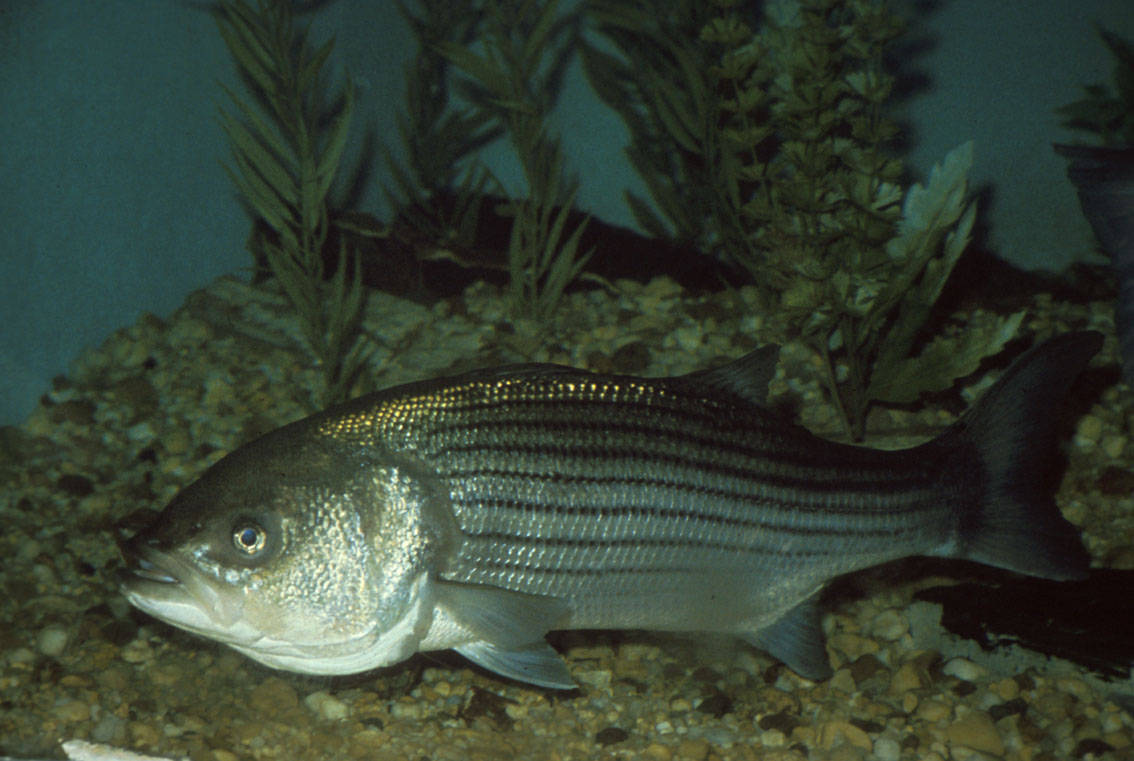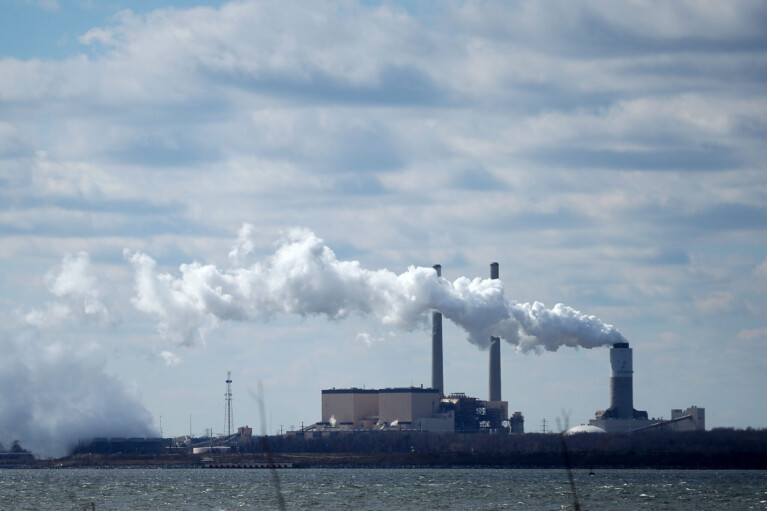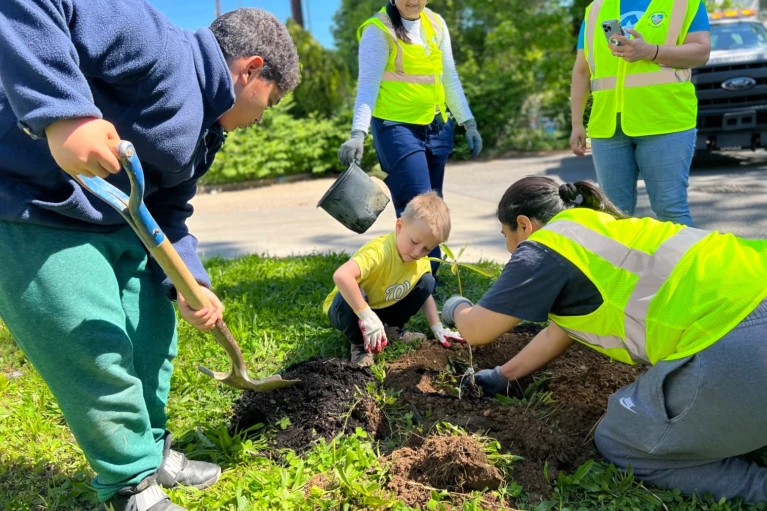Juvenile striped bass populations low in annual Bay watershed survey

Virginia and Maryland scientists recorded low numbers of baby striped bass in the Chesapeake Bay watershed in 2023, leading to calls from an environmental group for stronger conservation measures for the species.
The survey conducted by the Virginia Institute of Marine Science and the Maryland Department of Natural Resources found that Maryland had an average of one juvenile striped bass per large net haul, while the Old Dominion had an average of 4.25 juvenile striped bass per large net haul. The numbers are below the 11.3 long-term average for Maryland and the 7.77 long-term average for Virginia.
For Maryland, it’s the fifth year in a row there have been below-average numbers, and the second-lowest recorded index since 1957.
For Virginia, it’s the third time within the last decade that below-average hauls have been recorded, with other low counts occurring in 2021 and 2012.
The Maryland survey was conducted at 22 sites located in four major striped bass spawning areas: the Choptank, Nanticoke, and Potomac rivers, and the Upper Chesapeake Bay. Biologists visit each site three times per summer, collecting fish with two sweeps of a 100-foot beach seine net. The index represents the average number of recently hatched striped bass captured in each sample.
The Virginia survey was conducted in the Rappahannock, York and James River watersheds. Scientists measured 1,025 baby striped bass, ranging from 1.5 to 4 inches in length, after sampling each site five times between mid-June and September.
The region’s striped bass population as a whole has recovered since reaching lows in the 1970s and 1980s, which led to fishing bans in Delaware, Maryland and Virginia. In 2019, researchers determined that the species was being overfished. While a 2022 Atlantic State Marine Fisheries Commission stock assessment found overfishing is no longer occurring, the species remains below desired levels.
To increase the likelihood of reaching growth targets in 2029, the fisheries commission this August extended an emergency regulation to limit the size of striped bass that could be caught through Oct. 28, 2024.
Following the release of the survey results last week, Chesapeake Bay Foundation senior scientist Chris Moore said in a statement that the five consecutive years of low numbers in Maryland waters mean “there will be fewer spawning adult fish left to help the population recover.”
“In the summer, warm water temperatures and low oxygen levels dramatically increase stress on striped bass, rendering shallow, estuarine nursery habitats, like Chesapeake Bay less hospitable. Climate change is making this problem worse,” Moore said. “To increase survival, states must work with all fishery sectors to limit striped bass mortality through quota modifications, summer season closures, and addressing fisheries that target fish before they spawn.”
Virginia scientists, however, indicated they see the state’s 2023 numbers as more of an anomaly linked to an “off year.”
“Striped bass recruitment can vary considerably from year to year. Poor recruitment in 2012 was followed by 10 years of average to above-average recruitment,” scientists with the institute wrote. “In this way, striped bass populations, and the fisheries they support, are stabilized by strong year classes which mitigate the effect of less productive years.”
Maryland researchers said encouraging results were documented for two species lower on the food chain. Menhaden abundance was the highest measured in over 30 years, and Bay anchovy abundance was the highest measured since 1974.





 Creative Commons Attribution
Creative Commons Attribution